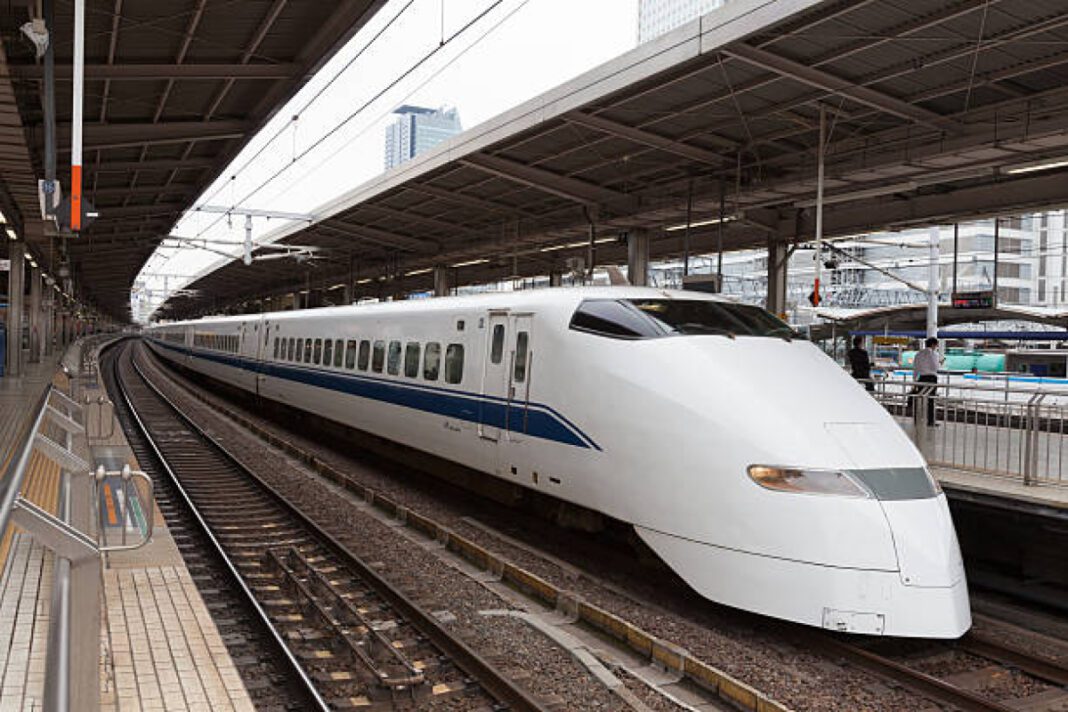Construction of bullet train tracks has officially started near Surat, marking a key milestone in the Mumbai-Ahmedabad High-Speed Rail Corridor project, as reported by the National High Speed Rail Corporation Limited (NHSRCL). This ambitious initiative aims to introduce India’s first high-speed rail line, transforming travel between Mumbai and Ahmedabad.
The Mumbai-Ahmedabad High-Speed Rail Corridor, also known as the bullet train project, will connect two major cities on India’s western coast. Proposed in the early 2000s and approved in 2015, the project saw its foundation stone laid by Prime Minister Narendra Modi and Japan’s then-Prime Minister Shinzo Abe in September 2017. With a total cost of approximately $15 billion—funded by a $12 billion Japanese loan and contributions from the Indian government, Indian Railways, and state governments of Maharashtra and Gujarat—the project is set to revolutionize rail travel in India.
Track-laying has commenced, with the Surat-Bilimora segment being the first to become operational. Completed track beds, made of reinforced concrete (RC), span 30 kilometers, while track slabs are prepared for about 70 kilometers. Contracts for the Ahmedabad to Vapi segment have been awarded, and work will begin once track beds are finished. The high-speed rail will operate at speeds up to 350 kilometers per hour, reducing the travel time between Mumbai and Ahmedabad to under three hours for the 508-kilometer route.
Modeled after Japan’s Shinkansen, the bullet train will feature the J-slab ballastless track system, a first for India. This system uses pre-cast track slabs with fastening devices and rails, resting on RC beds for added stability and durability. Advanced machinery, including rail feeder cars, track slab laying cars, and flash butt welding machines, will ensure precise and efficient construction.
The high-speed rail project promises reduced travel times, enhanced economic connectivity between major cities, and a boost to local economies along the route. As construction progresses, anticipation grows for the transformative impact this project will have on India’s transportation infrastructure.





